Polar wolf
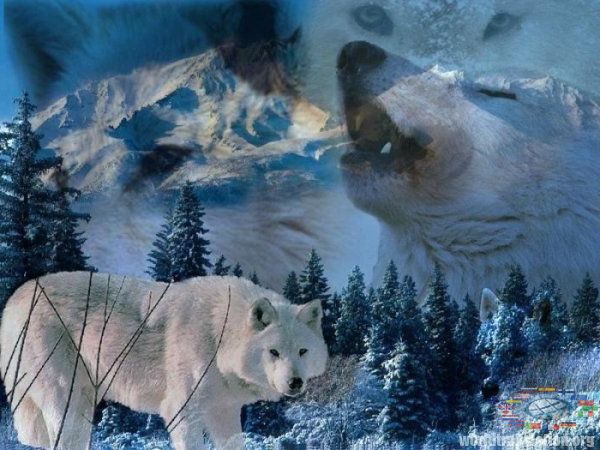
Polar Arctic wolf - a subspecies of gray wolf, who lives in the cold regions of Arctic, Canada, Alaska and in the northern part of Greenland. 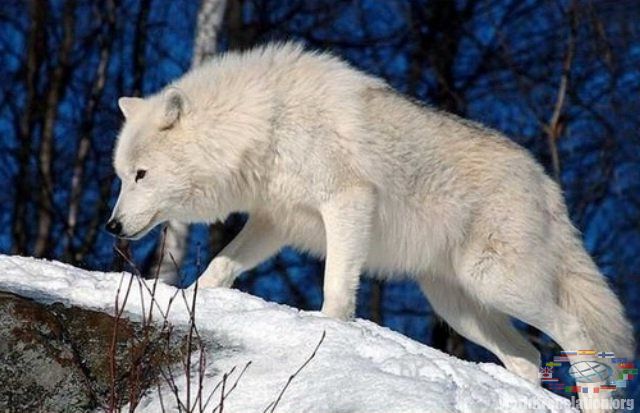 For these regions are characterized: snow drifts, strong icy wind and frosts. It would seem that, nobody can survive in such harsh conditions, but nothing of the sort! Polar wolves quietly exist in the Arctic region for many hundred thousand years. Unlike other wolves, polar wolf had fully preserved its natural habitat.
For these regions are characterized: snow drifts, strong icy wind and frosts. It would seem that, nobody can survive in such harsh conditions, but nothing of the sort! Polar wolves quietly exist in the Arctic region for many hundred thousand years. Unlike other wolves, polar wolf had fully preserved its natural habitat.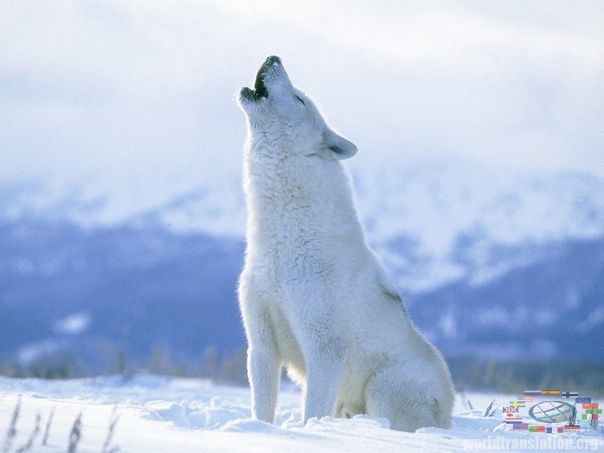 Polar wolf lives in boundless spaces of the polar regions, which are immersed in the darkness 5 long months. Very dense, thick wool that does not pass wind helps him to survive in such extreme conditions . Here no one interferes him to hunt, because people get here very often.
Polar wolf lives in boundless spaces of the polar regions, which are immersed in the darkness 5 long months. Very dense, thick wool that does not pass wind helps him to survive in such extreme conditions . Here no one interferes him to hunt, because people get here very often.
On the open spaces of the Arctic its not easy to find shelter for the attack on the victim, but the wolf is able to survive without food for even a few weeks. 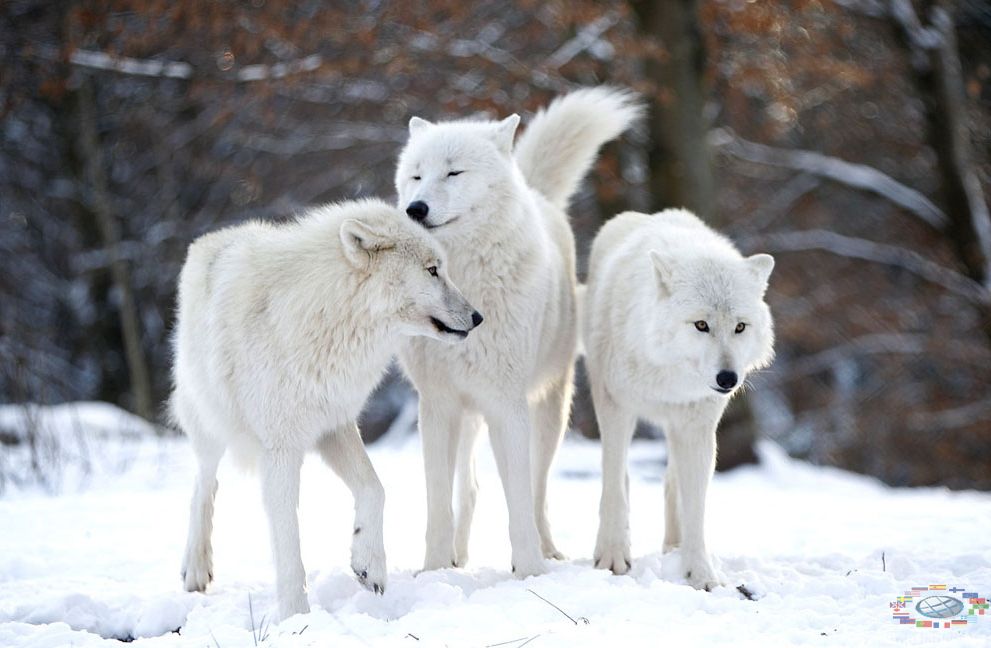 Wolf is the owner of very sharp vision and sensitive sense of smell, which is very important in the hunt for not numerous mammals inhabiting these places. Only one in ten hunting of the flock ends successfully. Unlike other types of wolves, polar wolf eats his prey whole, without leaving even the skins and bones of the victim. Polar wolf can eat up to 10 kilograms of meat per meal. Catching up a herd of muskoxen, wolves have to wait until the muskoxen run away. Otherwise they take a defensive position and wolves can not get through their horns and hooves.
Wolf is the owner of very sharp vision and sensitive sense of smell, which is very important in the hunt for not numerous mammals inhabiting these places. Only one in ten hunting of the flock ends successfully. Unlike other types of wolves, polar wolf eats his prey whole, without leaving even the skins and bones of the victim. Polar wolf can eat up to 10 kilograms of meat per meal. Catching up a herd of muskoxen, wolves have to wait until the muskoxen run away. Otherwise they take a defensive position and wolves can not get through their horns and hooves.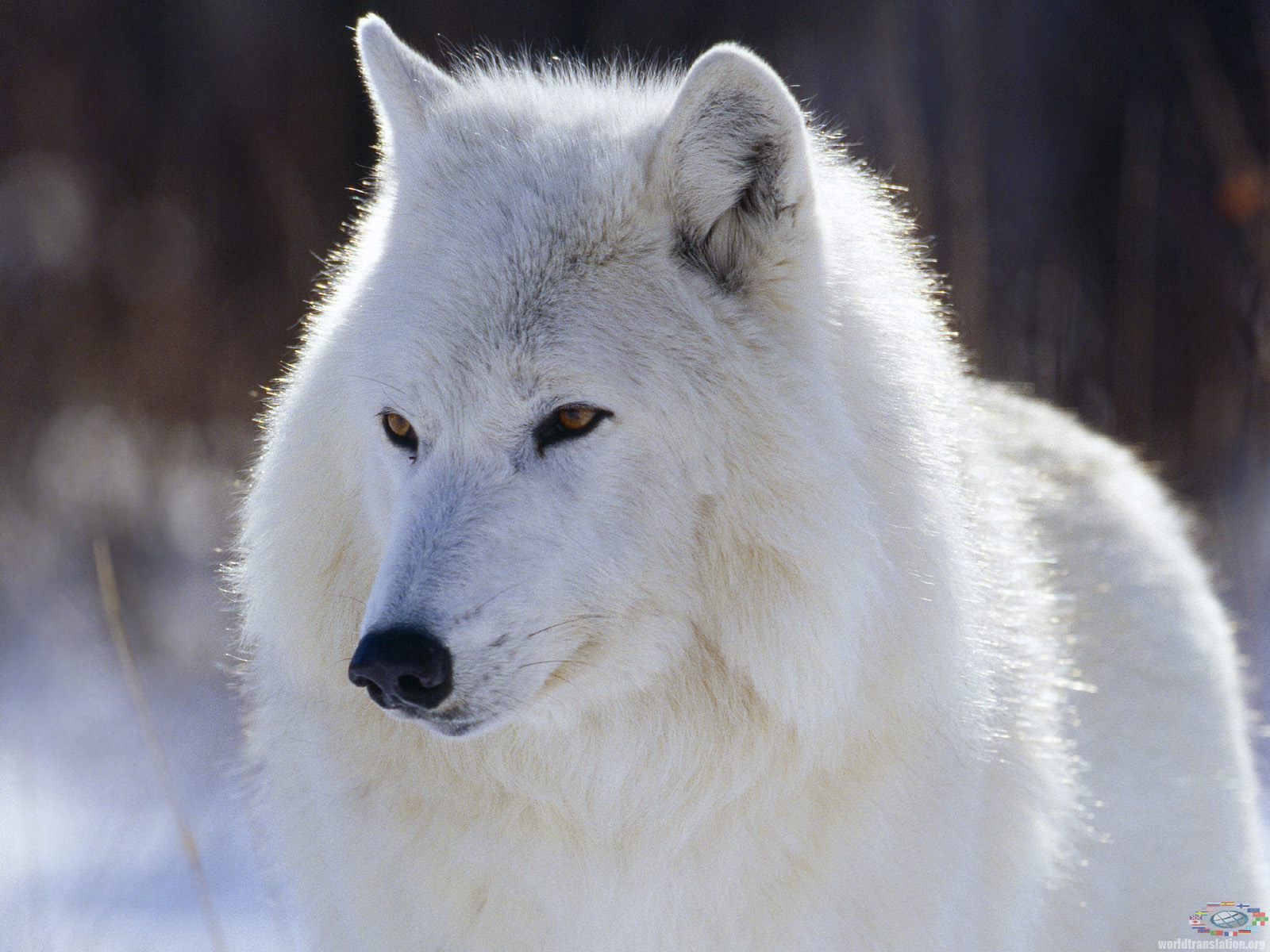 Wolves - are very social creatures, so often they stay in flocks of 7-10 individuals. Lone wolves meet extremely rarely. Typically, this are young individuals who left a flock in order to find their own unoccupied territory. Most often, flocks can be familial, that is, they consist of leader, his mate and cubs. Leader, of course, is the head of the flock, but his mate occupies similar to him place.
Wolves - are very social creatures, so often they stay in flocks of 7-10 individuals. Lone wolves meet extremely rarely. Typically, this are young individuals who left a flock in order to find their own unoccupied territory. Most often, flocks can be familial, that is, they consist of leader, his mate and cubs. Leader, of course, is the head of the flock, but his mate occupies similar to him place. 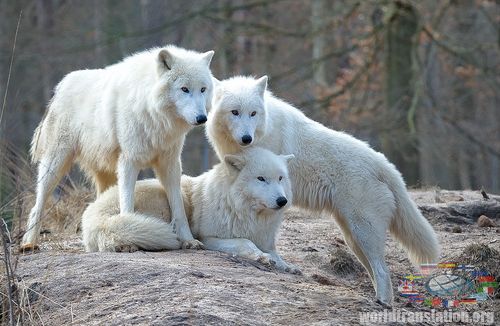 The rest of the flock unquestioningly obey them and form their own hierarchy. All adult wolves help each other. For example, when mate goes to hunt, one or two young wolves take care of her cubs. Relations within flock are done by using a fairly complex language, consisting of any movements as well, as growling and barking. Bloody clashes between the wolves of one flock happen very rarely.
The rest of the flock unquestioningly obey them and form their own hierarchy. All adult wolves help each other. For example, when mate goes to hunt, one or two young wolves take care of her cubs. Relations within flock are done by using a fairly complex language, consisting of any movements as well, as growling and barking. Bloody clashes between the wolves of one flock happen very rarely. 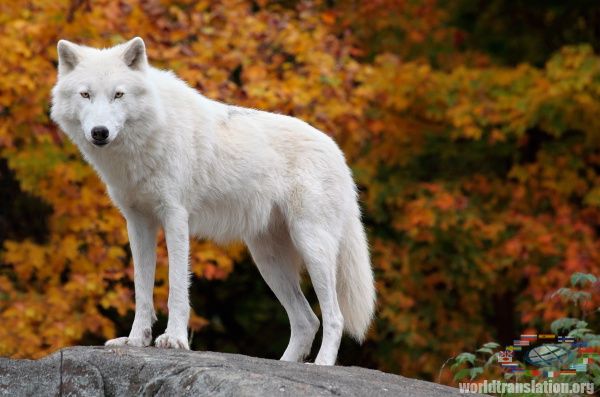 However, there is a contest between the flocks, so flocks trying not to face with each other and avoid visiting foreign territory. The territory is denoted by points or urinary excrement in certain places, which are usually the most visible. So wolves claiming rights to the territory.
However, there is a contest between the flocks, so flocks trying not to face with each other and avoid visiting foreign territory. The territory is denoted by points or urinary excrement in certain places, which are usually the most visible. So wolves claiming rights to the territory.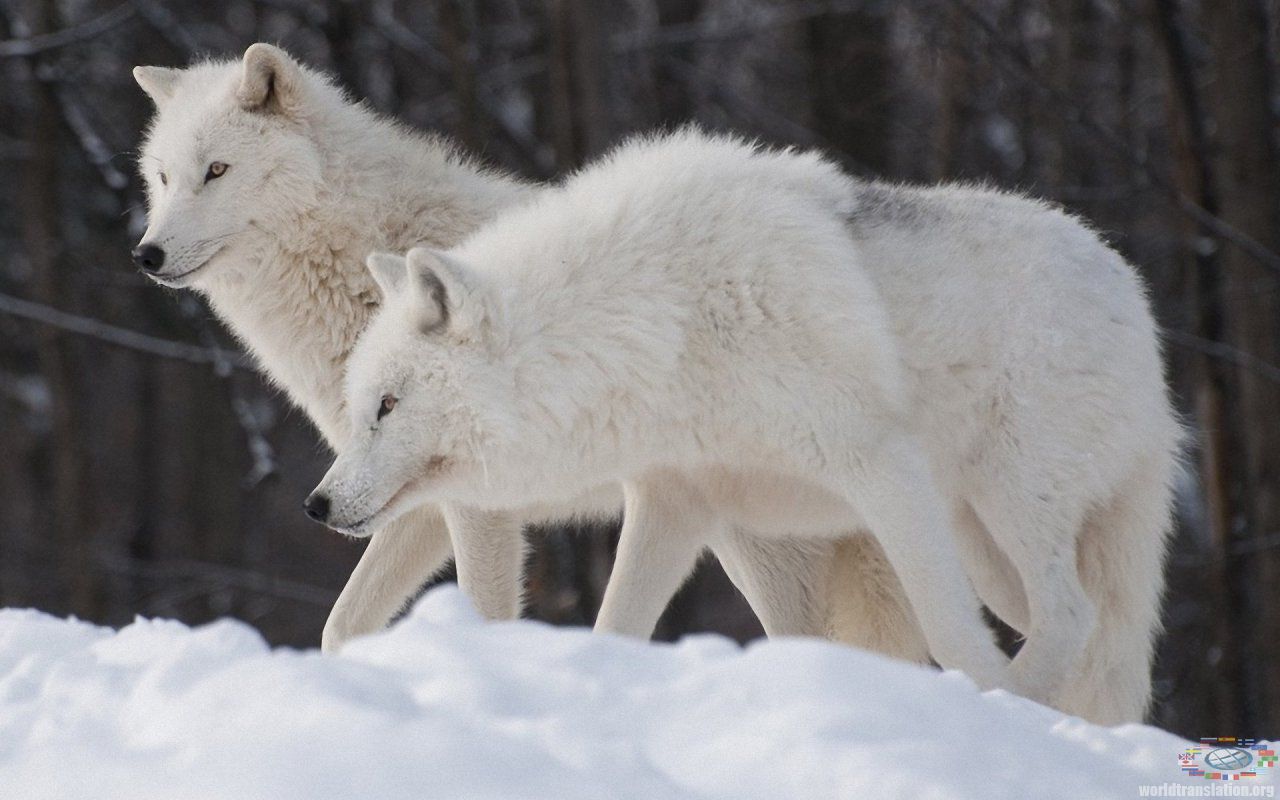 Puberty begins with 2 years in females and with 3 years in males, pregnancy lasts for 2 months. Cubs are born blind, with closed ear holes. They are helpless, so the first time are totally dependent on mother. A month later the cubs can eat half-digested meat, belched by male, who, in his turn hunts and bring the food for the family. Later, the cubs become a full members of the flock and start to migrate with adult wolves.
Puberty begins with 2 years in females and with 3 years in males, pregnancy lasts for 2 months. Cubs are born blind, with closed ear holes. They are helpless, so the first time are totally dependent on mother. A month later the cubs can eat half-digested meat, belched by male, who, in his turn hunts and bring the food for the family. Later, the cubs become a full members of the flock and start to migrate with adult wolves.
Unique fur of this animal attracts poachers, what puts polar arctic wolf at risk of extinction. In addition, the number of polar wolves continued to decline as a result of global warming and the melting of polar ice. Currently, polar arctic wolf is listed in the Red Book and hunting for him is officially prohibited.